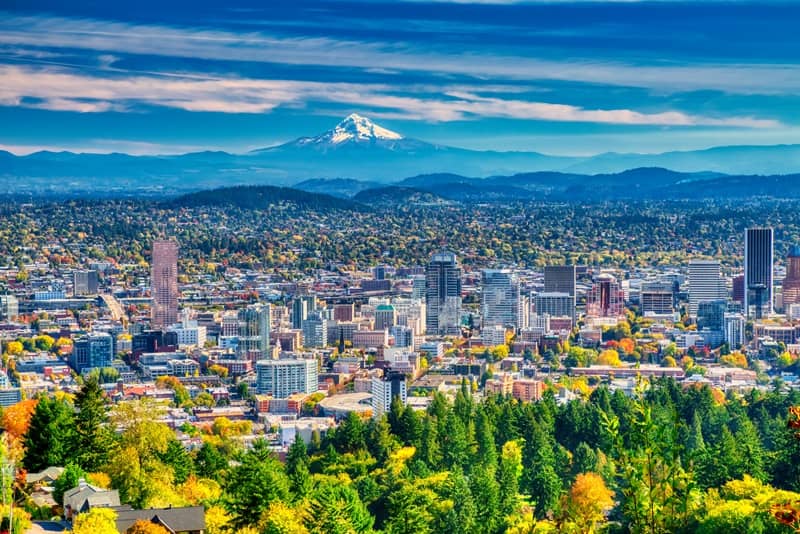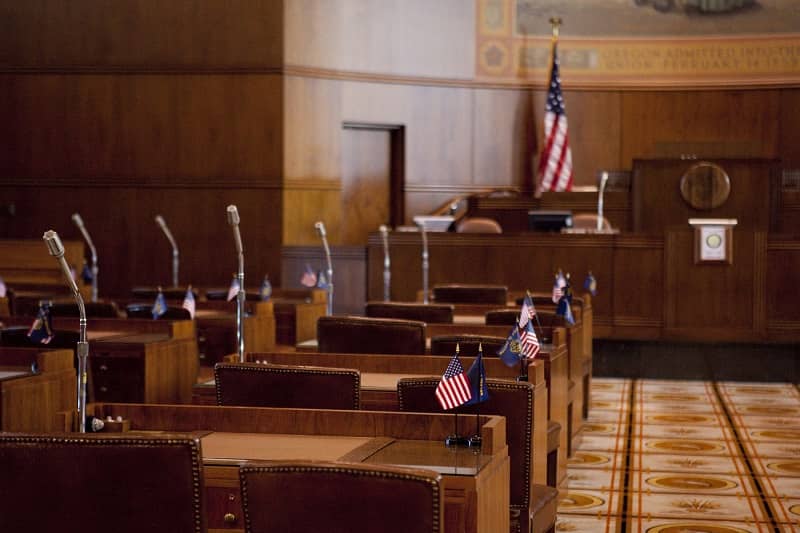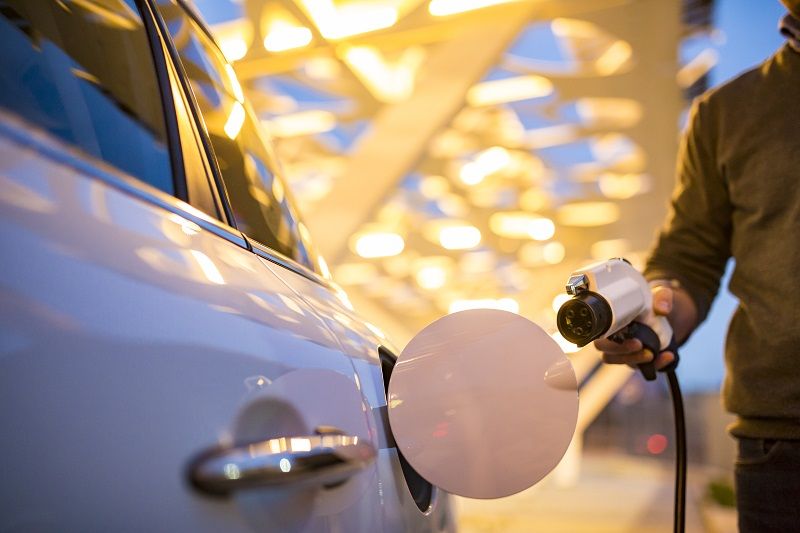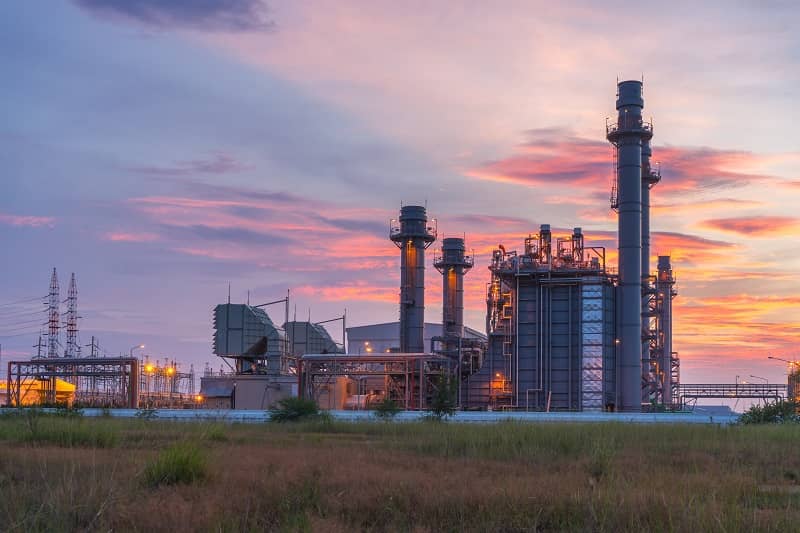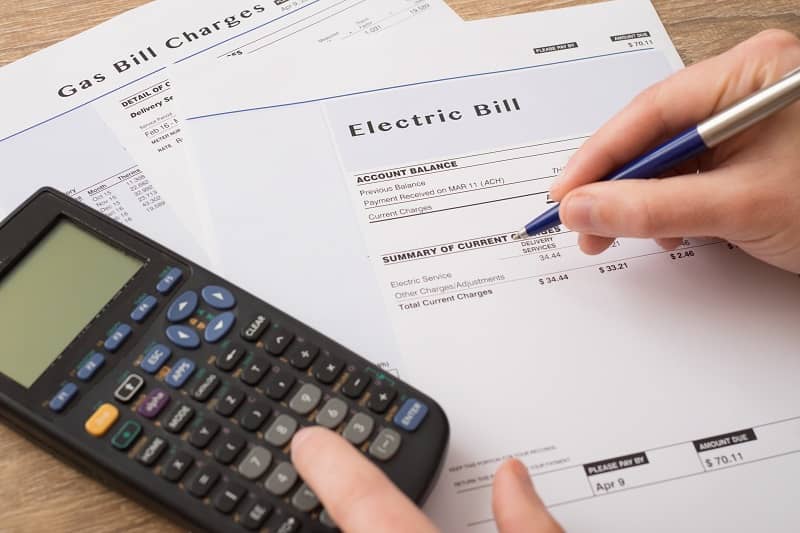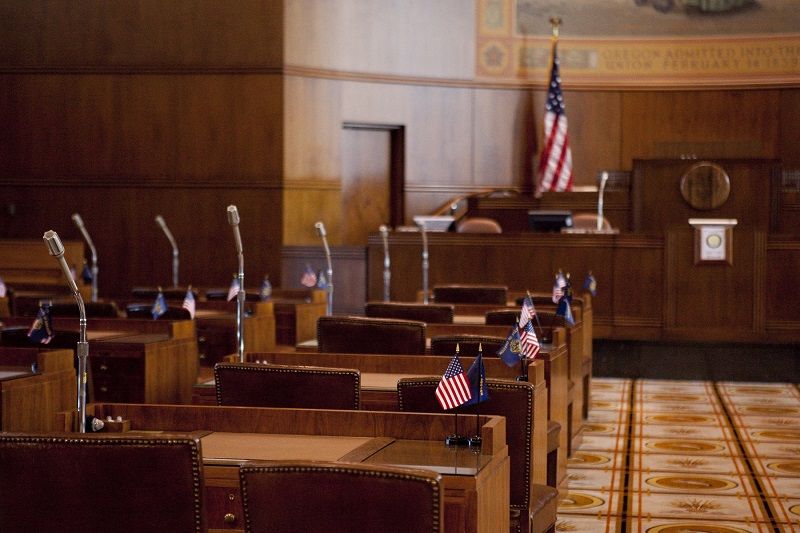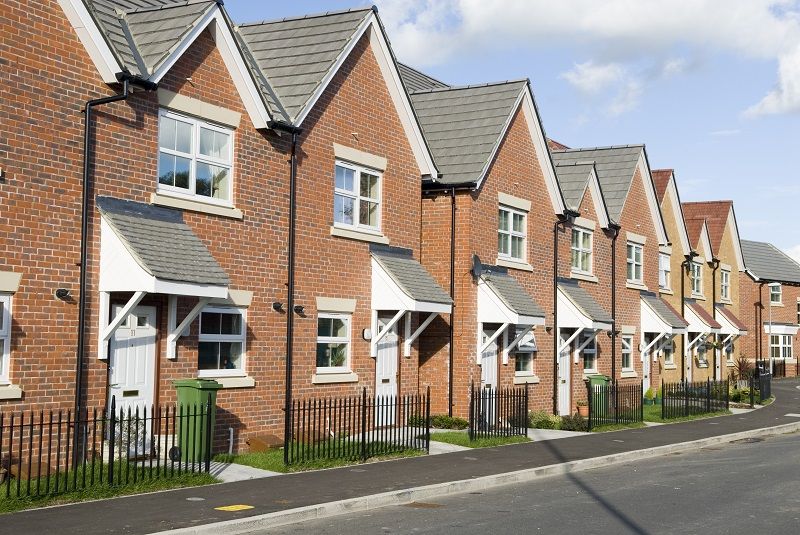

Summary
Wind power is touted as a “green” solution to Oregon?s increasing energy demand. However, as a power source, wind is inconsistent and intermittent, requiring inefficient and costly backup sources. In addition, various negative environmental externalities make wind power far from “environmentally friendly.”
Word count: 912
Wind power has become increasingly publicized in Oregon as the “green” solution to the state?s increasing energy demand. Currently, the Energy Facility Siting Council (under the Oregon Department of Energy) reports generating 889 megawatts (MW) of electricity with the power of wind. The council has recently approved the Shepherds Flat Wind Farm, which will add 909 MW, more than doubling the current capacity. Shepherds Flat is considered the largest single wind farm in the world and will cost over $600 million.
The Oregon Renewable Energy Act (SB 838) mandates utilities to use more renewable energy in their electricity generation: 5% by 2011 until 2014; 15% for 2015-2019; 20% for 2020-2024; and 25% in 2025. The surge in “green” activism and SB 838 have pushed the construction of new and bigger wind farms. However, the idea of environmentally friendly emission-free wind power could not be farther from the truth.
The most important factor to consider when evaluating the environmental impact of wind generation is that the power source is inconsistent and intermittent. This variability can present substantial challenges to incorporating large amounts of wind power into a grid system, since to maintain grid stability, energy supply and demand must remain in balance. In order to integrate wind energy, utility companies must provide a power load to meet the base requirements of the population. This means operating a natural gas or coal fired power plant below optimal efficiency to back up the variable power source. Because of difficulties and cost associated with shutting off thermal power plants, these plants will operate in spinning standby mode, which produces more CO2 per kilowatt hour (kWh) than if the use of the plant was optimized, thus offsetting the benefits of wind. Furthermore, the use of more wind energy increases the need for fossil fuel generating plants to operate on standby mode.
Wind power has many other negative externalities that are commonly overlooked, such as land and material use, construction emissions and habitat destruction. A typical wind farm requires as much as 10 to 80 acres per MW of electricity generated. The Shepherds Flat site will take up 21,919 acres. While operating at average capacity, the site will require 72 acres per MW.
To put this in perspective, a 900 MW natural gas powered plant may occupy 100 acres. Using a natural gas powered plant instead of a wind farm of the same capacity would, in a sense, “free up” enough land area that, if forested, potentially could offset 3,381,945 tons of CO2. This would be the equivalent to taking 673,694 cars off the road for a year.
Land usage is not the only concern with wind power. The construction of wind farms is in itself an environmental issue. The material requirements for wind turbines are up to 40-50 times greater than for gas powered plants per unit of output and can have only half the useful life. There are two major components of wind turbine construction, concrete and steel, both of which are major contributors to greenhouse gas emissions. Turbines require a significant amount of concrete to be placed at their base. The production of cement, which is the main component of concrete, is one of the most energy intensive of all industrial manufacturing processes and accounts for 5-10% of the world’s carbon dioxide emissions.
The production of steel for the turbines is also highly energy intensive, and each ton of steel produced adds approximately two tons of carbon dioxide to the atmosphere. The raw materials needed for the 303 turbines at the Shepherds Flat Wind Farm would be the equivalent of adding 48,653 cars to the road for a year. In addition to CO2 emissions, construction and operation of the facility has significant adverse impacts to soils that can affect crop production on adjacent agricultural lands, native vegetation, wildlife habitats and water quality.
Most wind sites are close if not adjacent to wildlife areas because of their remote locations. Six wildlife-protected areas are within 20 miles of the Shepherds Farm site. The Horn Butte Wildlife Area, a large nesting habitat for environmentally vulnerable long-billed curlews, is adjacent to the wind site. The Willow Creek Wildlife Area, a public viewing area for waterfowl, shorebirds and songbirds, is about a mile from the site. Nine endangered or threatened species have the potential to exist within the site?s territory. Not only wildlife but historic monuments will be affected by its construction. The Oregon National Historic Trail, which passes through six states, crosses a portion of the site.
Even environmentalists understand the externalities of wind power. In New York, Laurie Farber resigned from her position as president of the Sierra Club, America?s oldest and largest environmental organization, due to a dispute over the construction of a new wind farm.
She stated: “I found it intensely frustrating that groups refused to even want to consider that there might be any environmental impacts [of wind power]…. They [wind power advocates] were willing to be blind about this, because of a „renewable energy at any cost? attitude.”
Since the introduction of wind energy into the industrial power market, wind energy lobbyists and other wind advocates have greatly overstated the environmental benefits and greatly understated its many adverse effects. Because the industry only exists through subsidies, wind power increases electric utilities? costs, which are passed on to the ratepayers for no actual environmental benefit. It is time to stop advocating for this “green” industry that neither improves the environment nor provides reliable consistent power.
Attention editors and producers:
Cascade Commentaries are provided for reprint in newspapers and other publications, with credit given to author(s) and Cascade. Contact Cascade to arrange print or broadcast interviews on this commentary topic.
Electronic text files are available online at www.cascadepolicy.org.
Please contact:
Nancy Wheaton
Cascade Policy Institute
4850 SW Scholls Ferry Rd.
Suite 103
Portland, Oregon 97225
Phone: (503) 242-0900
Fax: (503) 242-3822
www.cascadepolicy.org
info@cascadepolicy.org
Cascade Policy Institute is a tax-exempt educational organization as defined under IRS code 501(c)(3). Nothing appearing in this Cascade Commentary is to be construed as necessarily representing the views of Cascade or its donors, or as an attempt to aid or hinder the passage of any bill before any legislative body. The views expressed herein are the author’s own.
